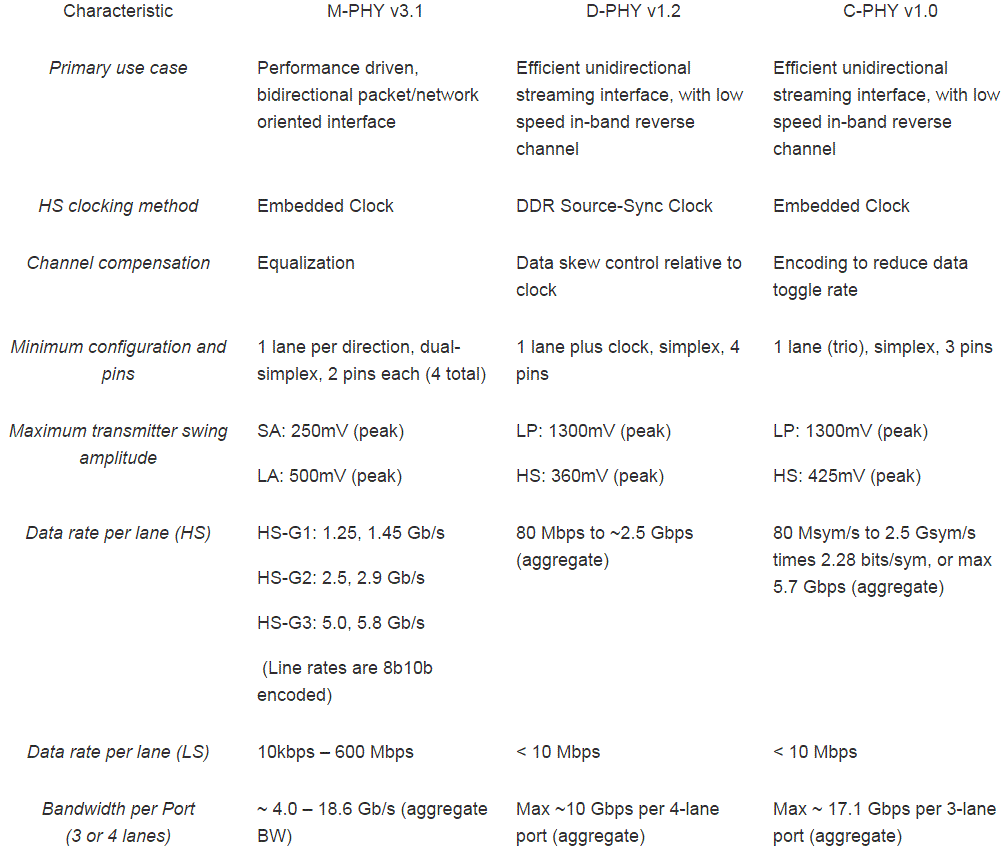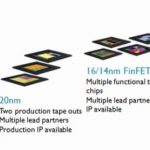This week is the 10[SUP]th[/SUP] annual ARM Technical Conference in Silicon Valley. In regards to size, content, and relevance, I believe ARM TechCon is the #1 event for the fabless semiconductor ecosystem for sure. I attended keynotes, sessions, and walked the hallways on Wednesday and Thursday. I wish I could write about everything… Read More
Semiconductor Intellectual Property
Agile IC Development
If you have been involved in software development you have probably heard of the “waterfall” development methodology. This is the approach whereby a complete specification of the software is developed before a single line of code is written. Nowadays, few people develop software that way since it is too slow. And… Read More
ARM ♥ Xilinx!
The good news is that as a part of SemiWiki we get free media passes to all of the cool conferences. The bad news is that our inboxes get flooded with announcements. ARM TechCon is next week and my delete button is on overtime but it is interesting to see who is active in conferences and who is not. In this case Xilinx is very active and Altera… Read More
Who will be “lucky dog” in 4G LTE basebands?
The official term is “beneficiary rule”, but among colorful racing broadcasters, drivers, and fans it is more commonly referred to as the “lucky dog”: the driver who is down a lap, but gets to advance to the lead lap by virtue of being farthest ahead when a caution flag is raised.
Qualcomm has lapped the entire field when it comes to … Read More
MIPI Alliance introduces C-PHY, Synopsys launch C-PHY VIP
The set of MIPI PHY specifications has enlarged during last night, as theMIPI Alliance has introduced the new C-PHY spec on September 17th, a physical layer interface for camera and display applications. “The MIPI C-PHY specification was developed to reduce the interface signaling rate to enable a wide range of high-performance… Read More
Optimize Your Interconnect & Design at System Level for Best Results
As the SoC design size, complexity and functionality keeps on increasing with multiple IPs packed together and design time and time-to-market keeps on decreasing amid critical constraints on PPA, there is no other alternative than to do the design first-time-right not to miss the window of opportunity. And that could be possible… Read More
Interface IP Protocols: Status
If your company develops Design IP to support well-known protocols like USB, PCIe, HDMI, DDRn memory controller, MIPI specification (and more), it’s crucial to know your competition, the market size by segment, and even more important the market potential by segment. The latest can be obtained by the Compound Annual Growth Rate… Read More
Safer SoCs for safer driving
Flip on the TV, and a car commercial is bound to pop up shortly touting one of two technological aspects. One is center stack integration of smartphone-style applications. The other is advanced driver assistance systems (ADAS) featuring cameras, radar, and other sensors helping cars … Read More
Sidense overlays OTP on TSMC 16nm FinFET
Process shrinks, which have served us well for most of the Moore’s Law journey, are reaching their limits. For switching transistors, the biggest problems of leakage current and gate oxide vulnerability in planar MOSFETs have led the industry to new 3D microstructures such as FinFET. For non-volatile memory, the problem is generally… Read More
Design & EDA Collaboration Advances Mixed-Signal Verification through VCS AMS
Last week it was a rare opportunity for me to attend a webinar where an SoC design house, a leading IP provider and a leading EDA tool provider joined together to present on how the tool capabilities are being used for advanced mixed-signal simulation of large designs, faster with accuracy. It’s always been a struggle to combine design… Read More




Quantum Advantage is About the Algorithm, not the Computer